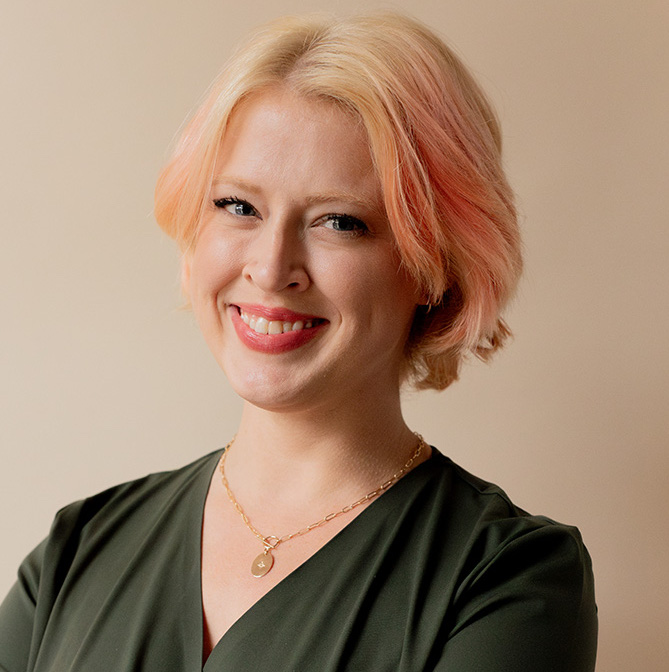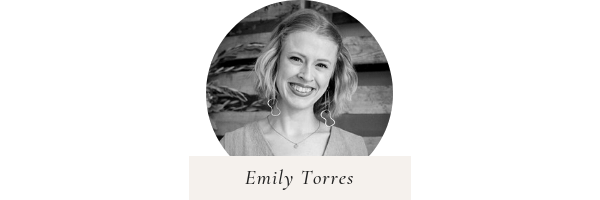
Digital Wellness Is More Than Just Managing Your Screen Time
I felt anxious and untethered.
There I was, rubbing my morning eyes and wandering to the kitchen at 7:30 AM, grumpily putting on a pot of coffee and feeding my pet rabbits. And something was missing.
I had decided, inspired by an Instagram post of all things, to challenge myself to not look at my phone for the first hour of my day for one week. Instead, I would dedicate my morning to journaling. Or laundry. Or packing my lunch.
“I felt anxious about what I might be missing out on, and my mind raced with excuses as to why I had to check my phone.”
Before this challenge, my typical weekday morning included 30–45 minutes of scrolling through emails and Instagram in bed. Weekends were closer to an hour. Those first few days were the worst: my eyes felt heavy and sleepy, missing the blue-light wakeup call that my phone provided. I felt anxious about what I might be missing out on, and my mind raced with excuses as to why I had to check my phone.
As I began to embrace to the routine, I found myself achieving previously unspeakable things like cleaning the kitchen, doing laundry, journaling for an hour, and spending more time with my bunnies. And who wouldn’t love that?
It’s Time To Think About Digital Wellness
It’s easy to start our days the same way we spend them: staring at a screen. Most of us do some version of this—we’re only human, after all, and technology is designed to addict us—and as it creeps into nearly every aspect of our lives, it’s worth taking a careful look at our digital wellness.
Digital health and wellness is inextricably tied to our mental, physical, emotional, and spiritual health. And just like other facets of our health, it can fluctuate and spiral into illness.
Think about it like physical health: what are you consuming? What are you spending your energy on? Are you active or passive? How’s your work/play balance on your screen, and is that working for you? Are you surrounding yourself with people who make you feel good and encourage healthy habits?
You may find it difficult to be honest with yourself about your tech usage; when you’re in it, it’s easy to make excuses about it. I’m decompressing after work, you might justify. Or, I’m just waiting here and there’s nothing else I can do. If you’re not sure where you struggle most, ask the people you spend the most time with. Guaranteed, they’ll have some thoughts on your phone usage.
“Digital health and wellness is inextricably tied to our mental, physical, emotional, and spiritual health.”
Why Not Just Go Screen-Free?
Some people opt for low-screen or no-screen lifestyles, by ditching things like smartphones and tablets, and I have great respect for them. And I know I could probably do that for a weekend here and there, but so much that I do professionally and creatively involves a screen, and I’m grateful to have access to these tools.
While I was working on this no-screen morning challenge, I received a powerful reminder of the beautiful role that technology can play in our lives. I have a grandparent who is ill, and since I’m 2,000 miles away from my hometown, I’m not able to be there with him. It breaks my heart to not be able to drive over with a game to play or a joke to tell to brighten his day.
But guess what? Thanks to screens, I’ve been able to FaceTime him to tell him I love him, to send videos of myself being goofy doing mundane tasks, and to send photos of my pets and my daily life. It reminds me that screens are an incredible tool for connection, self-expression, and can bridge the miles in between when there are no other options.
“If you do have access to a screen, take some time to recognize that it is a privilege and a gift that perhaps deserves a little more gratitude.”
Even though I was still carving out time for myself during those screen-free mornings, I did spend more time during the days on my phone in a different capacity. Checking in on him and supporting the other members of my family is such a balm during a time of great sadness. So, if you do have access to a screen, take some time to recognize that it is a privilege and a gift that perhaps deserves a little more gratitude.
Tips & Resources For Using Your Tech Better
All that being said, here are some tools and strategies I’ve used (and some I haven’t yet) to manage my screentime. Some are to keep me off my phone, some help remove distractions when I’m working, and some just make my digital experience one that enriches me rather than drains me.
Remove all the notifications from your phone. The only apps I allow notifications for are phone and texts, and my eyes are grateful for the reduction in red bubbles. Especially do this for your email—it’s a game changer.
Put Screen Time and Downtime to use. Here’s how to do it for iPhone. I don’t allow apps during the hour I have set aside to journal in the morning, and it’s a nice reminder to stay focused.
Get hyper organized. Put the apps you want to reduce usage for into folders on your phone, strive for inbox zero if you can, and become meticulous about your desktop. Be relentless about naming your files and folders properly, and your brain will thank you. I removed my iTunes app from the main dock of my phone and replaced it with the booking app for my yoga studio. Basically, set up your tech in ways that improve your efficiency and remind you of your priorities.
Speaking of inbox zero, get smart with what you actually subscribe to. Services like unroll.me can help you clean up your inbox. If you love your newsletters, set up rules for your inbox to move them into a different folder that removes them from your main workspace until you actually opt in to reading them.
And to help you consume content you love—and only that content—look into services like Feedly that can help you curate what you’re reading. I encourage you to follow news and informational outlets that you trust, but also to seek out independent voices and opinions that may differ from your own. Following thoughtful users who offer a different perspective also helps enrich your social media experience as well.
If you want to clean up your browser, look into comment blockers and ad blockers if the noise gets too much.
Feeling safe and comfortable is also an important aspect of digital wellness, so get in good habits! Update your passwords frequently, delete unused accounts, and be diligent about who and what you give your most personal information to.
Invest in tech that fits your lifestyle without offering further distractions. Fitness trackers can provide deeper connection with your physical wellness, and smart home devices can create new efficiencies in your daily life. If it works for you, go for it.
Opt for voice when you can. I got a Google Home Mini recently, and love using it for things like weather, putting on mood-boosting playlists, and setting reminders. It’s nice to access this information without having to open my phone and encourage further distraction.
Finally, one of the best things you can do for your digital health is to block, unfollow, and hide whenever you need to. Only follow people who make you feel balanced, informed, activated, inspired, and motivated. Dedicate yourself to being one of those people when you can. I have so many thoughts about developing a healthier relationship with Instagram, but many of those tips can also apply to internet use in general.
What are your favorite ways to maintain your digital wellness?
RELATED READING
Emily Torres is the Managing Editor at The Good Trade. She’s a Los Angeles transplant who was born and raised in Indiana, where she studied Creative Writing and Business at Indiana University. You can usually find her reading or writing, caring for her rabbits, or practicing at the yoga studio. Say hi on Instagram!

